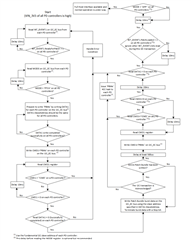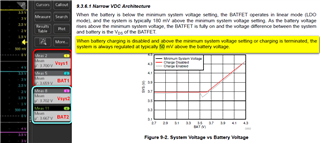Dear ,
bq25616 can't stop charge current at 45 degree (charging current don't change to 0mA and status pin don't change to charging complete )
VBAT have change from 4.2V to 4.1V meeting JEITA.
Charge current setting is 1.2A .
Please let us know your comment ..thank
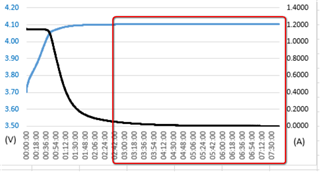
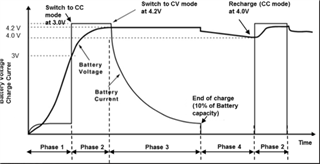




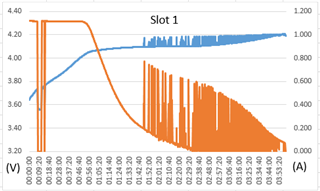
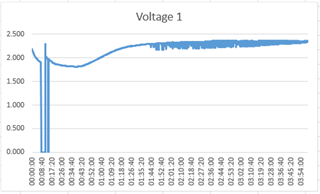 z
z
